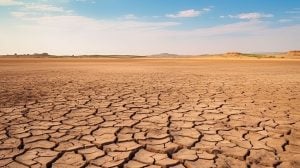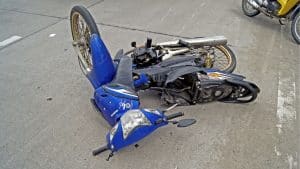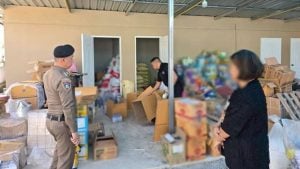What to do in the case of a future earthquake in Thailand?
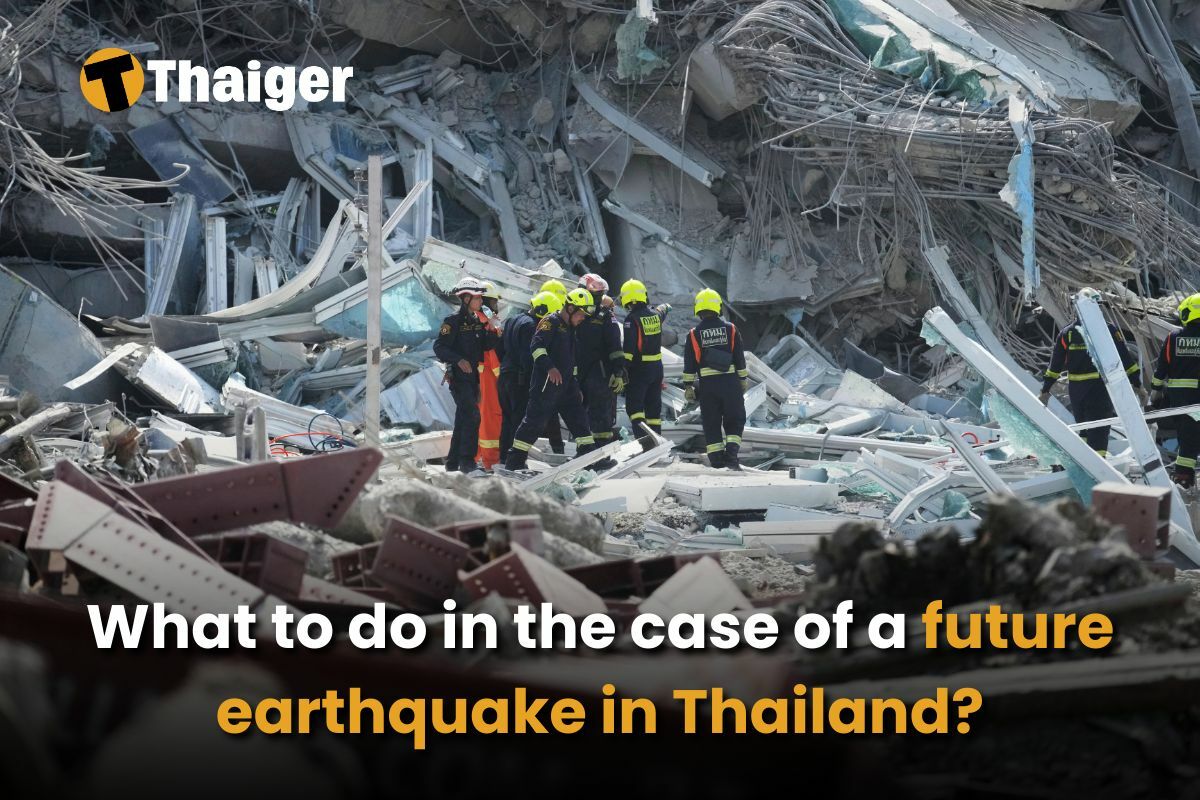
Thailand and earthquakes are not exactly a pair we’re used to seeing in the same sentence. Thanks to the country’s geographical location, earthquakes are generally few and far between and have never really been part of our everyday concerns. It’s the kind of news we usually hear from other parts of the world. So when tremors recently reached us, many of us were left confused, surprised, and honestly, a little scared.
The quake originated in Sagaing, Myanmar, but didn’t stop there. Its impact spread across the region, shaking parts of Thailand, Vietnam, Yunnan in China, and beyond. For most of us, it was the first time we experienced an earthquake, which is a reminder that natural disasters do not stick to borders or expectations.
This experience has shown us that being unprepared is not an option anymore. Thailand earthquakes might be rare here, but they’re not impossible. Now that we know what it feels like, it’s important to learn what to do during and after one to protect ourselves and those around us.
Even though we can’t prevent earthquakes, we can definitely be more prepared. A little awareness can make a big difference. We would also love to know about your experience as well in this survey. Click here to share your insights!
Before an earthquake

Emergencies don’t come with a schedule, but your response can.
One of the most overlooked yet crucial steps is simply having a chat with your family or roommates before anything happens. It might feel awkward (“Hey, so… what do we do if the ground starts shaking?”), but trust us, that one conversation can make a huge difference when panic sets in.
While we can’t always pinpoint the exact time a Thailand earthquake will strike, we often do get early warnings or signs. You don’t need to run for the hills every time an alert pops up, but take those moments to review your plan or check your supplies. That’s time well spent.
Here are three key areas you should stay on top of in preparing for an earthquake.
Emergency kit: Think of it as your just-in-case backpack. Pack water, non-perishable snacks, a flashlight (with extra batteries), a basic first-aid kit, essential meds, and maybe even a spare charger or power bank.
Communication plan: When networks crash and everyone’s phones are on 1%, having a pre-decided meeting point and an out-of-town contact person can keep everyone sane and connected.
Know your utility controls: In an emergency, gas leaks and electrical faults can be just as dangerous as the quake itself. Know how to shut off your home’s gas, electricity, and water, and make sure everyone else in the house knows too.
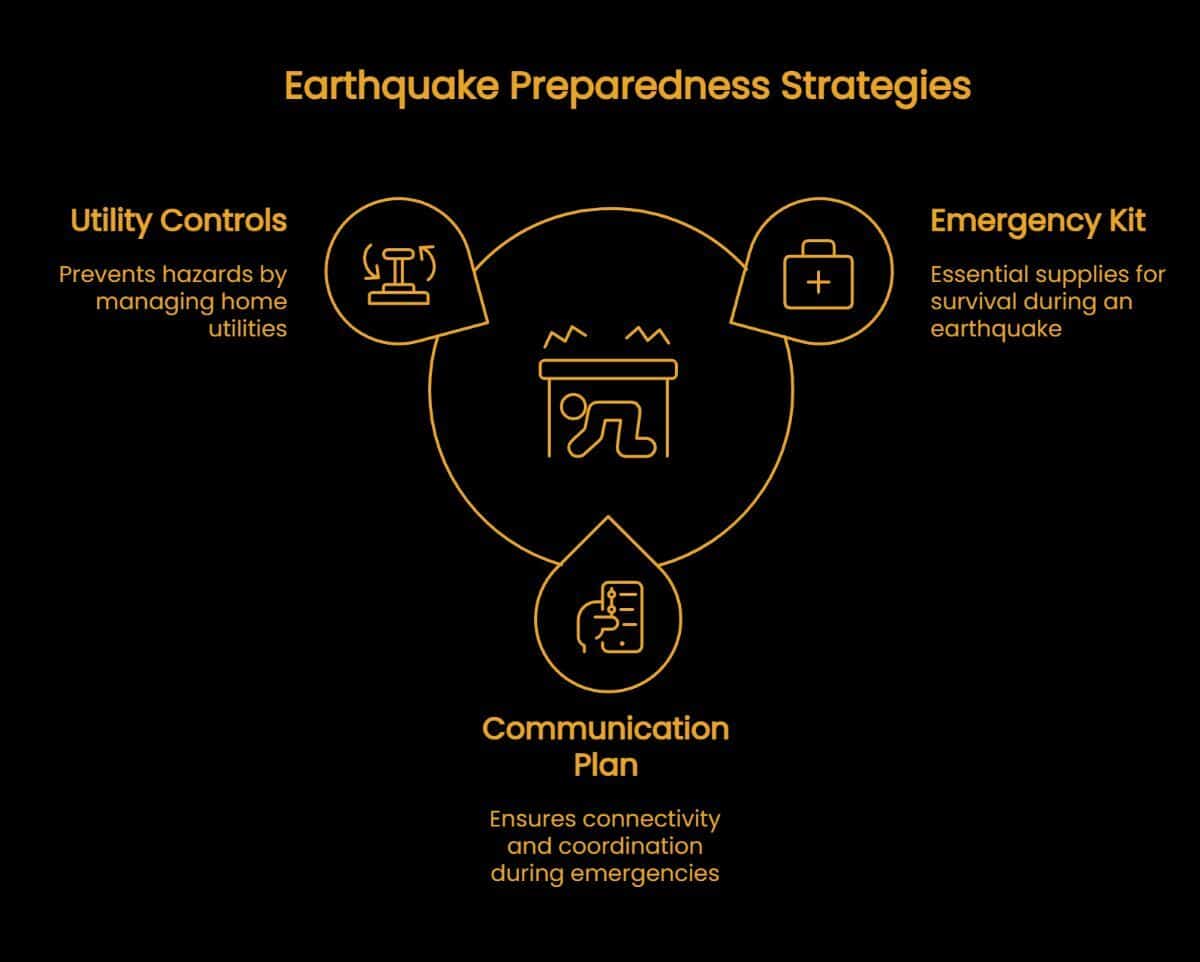
No one wants to deal with an emergency, but being ready? That’s something we can all do. So talk it out, pack it up, and prioritise safety!
During an earthquake

“Leave the place! Find shelter! Get to flat ground!”
This is easy to say… but where exactly?
In Bangkok, where high-rise condos and office towers are everywhere, tremors will feel more intense the higher up you are. During the recent Thailand earthquake, residents in condos reported swaying towers, rattling windows, and water sloshing out of rooftop pools.
In these moments, staying calm and knowing what to do is crucial, especially when elevators are out of service and stairwells get crowded.
And if you were a high-rise building during the Thailand earthquake, like many of us were, you’ve probably wondered: How am I supposed to run anywhere? Take the stairs? Stay put? What if I’m halfway through brushing my teeth?!
These are the questions that pop into our heads during the panic, and it’s totally normal. So let’s break it down calmly.
Drop, cover, and hold on: At the very first sign of shaking, don’t run. Drop down to your hands and knees, take cover under something sturdy like a table or desk, and hold on tight. It’s not the shaking itself that usually injures people, it’s the falling objects. Protect your head and neck like it’s the most valuable thing you own (because it is).
If you’re indoors: Stay there! Running outside during the quake can actually be more dangerous; falling glass and debris don’t discriminate. Stay away from windows and exterior walls. Avoid doorways (they’re not the safe spots we once thought) and instead find a sturdy piece of furniture to hide under.
If you’re outdoors: Find a wide, open space, think parks or fields. Stay clear of buildings, trees, power lines, and anything tall that might come crashing down. Then, crouch low and protect your head and neck until the shaking stops.
If you’re in a vehicle: Pull over somewhere safe with no bridges, no overpasses, and no power lines. Just stop, stay inside, and keep your seatbelt on. Wait it out before driving again.
Be ready for rapid evacuation, even while it’s shaking:
In certain situations, especially in poorly built or visibly unstable buildings, staying inside could be more dangerous. If walls start cracking, ceilings collapse, or you’re on the ground floor and the way out is still clear, it may be safer to evacuate immediately, even while the ground is still shaking.
Use your judgment. This is why awareness is so important. In places like Myanmar, many people have tragically lost their lives in recent quakes simply because they didn’t know when or how to get out. The ability to act quickly and calmly can be life-saving.
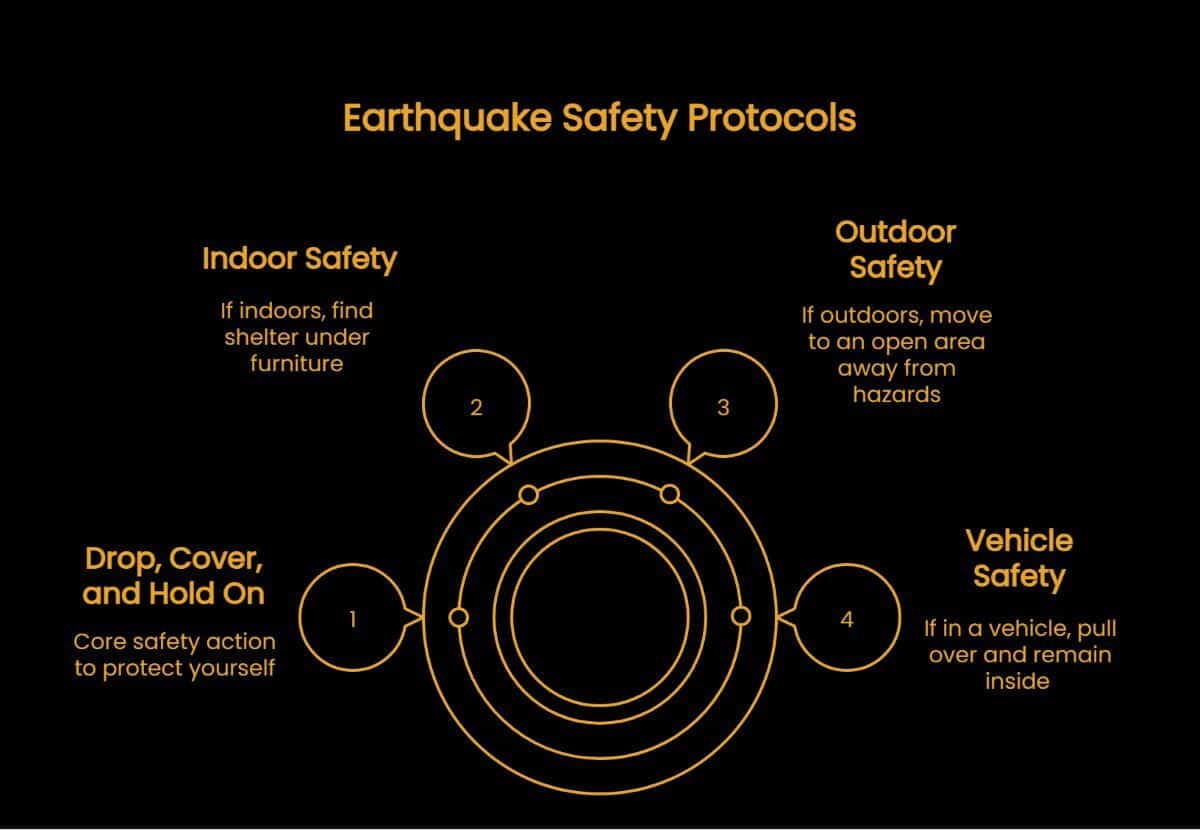
The key? Don’t panic, stay put if it’s safer, and protect yourself in the smartest way possible. Awareness now saves confusion later.
After the shake
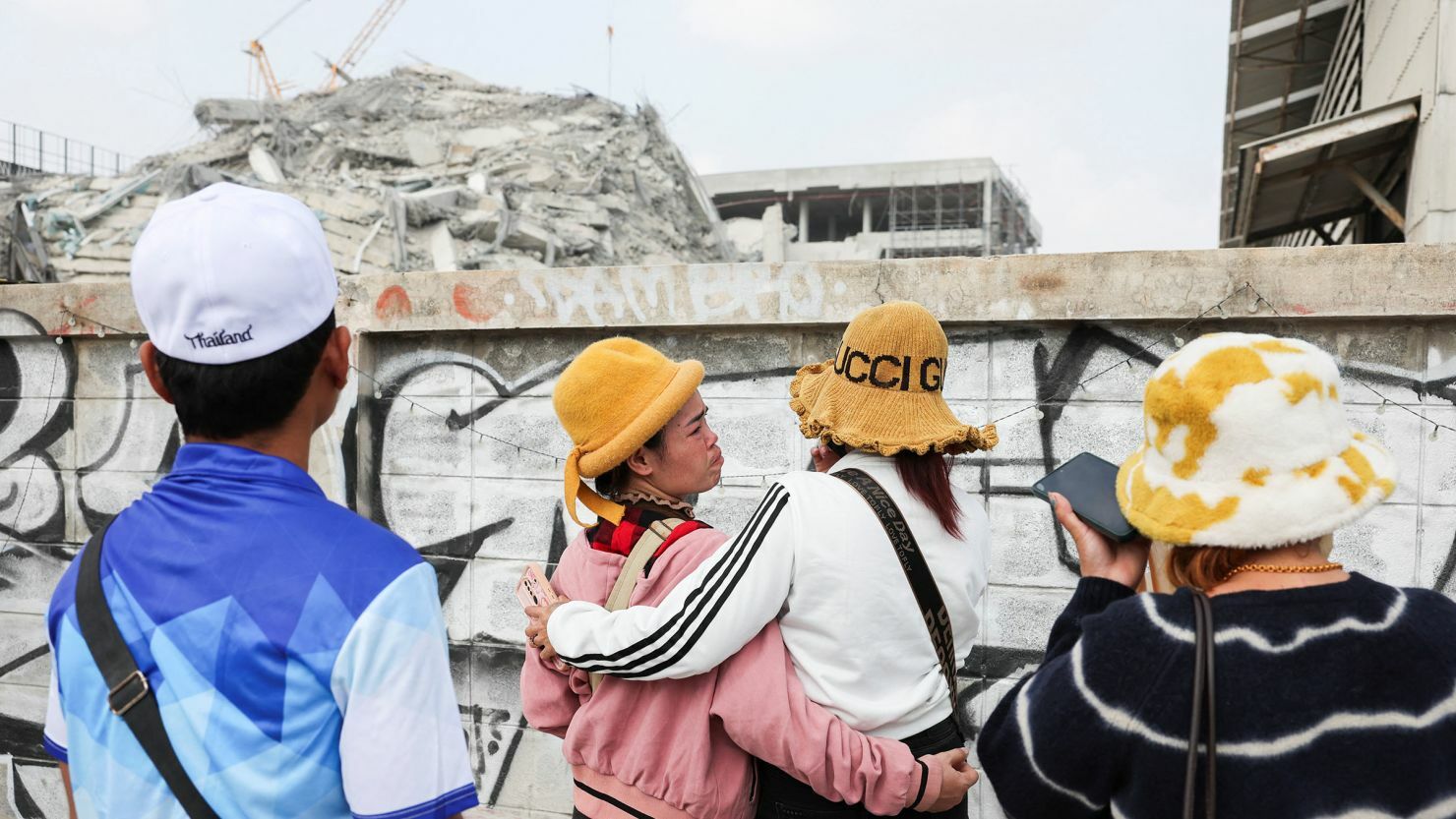
So the ground has finally stopped shaking, your heart is racing, and your brain is doing somersaults. First things first: don’t rush back inside. We get it, you might want to grab your wallet, passport, or cash. But let’s be real, your safety is worth far more than any document or cash. Buildings may be unstable, and aftershocks are likely to follow.
Aftershocks or tremors are to be expected, and they can still pack quite the punch. Stay alert and avoid standing near anything that looks like it’s had a rough day, like cracked walls or wobbly balconies.
Scan yourself and others for injuries. If you’re trained in first aid, now’s your time to shine. Also, check your surroundings for any hazards. Do you smell gas? See water flooding from pipes? Hear weird creaks? Shut off utilities if it’s safe to do so, and move away from potential danger zones.
Stay informed! Don’t rely on vibes or rumours, get your information from official sources. Use a battery-powered radio or mobile data (if it’s still working) to stay updated. And if you’re near the coast, pay close attention to tsunami warnings. If officials say move to higher ground, don’t wait around, go!
Remember to communicate wisely, call only if it’s urgent. Use text messages or post a status update to let friends and family know you’re okay. It keeps phone lines clear for emergencies.
Avoid dangerous areas. If your building looks sketchy, it probably is. Don’t go back in until professionals give the green light.
Bottom line? Stay calm, stay smart, and remember: safety first.
Cracks after the Thailand earthquake
Following the earthquake, residents throughout Thailand in Bangkok, Chiang Mai, Nakhon Sawan, and Udon Thani reported hundreds of buildings with visible cracks, some cosmetic, others potentially dangerous.
Government engineers were dispatched to assess the structural integrity of buildings, and in some cases, entire towers were temporarily closed for inspection.
So, the Thailand earthquake is over and now your walls are looking like a modern art piece. Before you panic, let’s break down the types of cracks you might see and which ones are serious.
Dangerous cracks (structural damage)
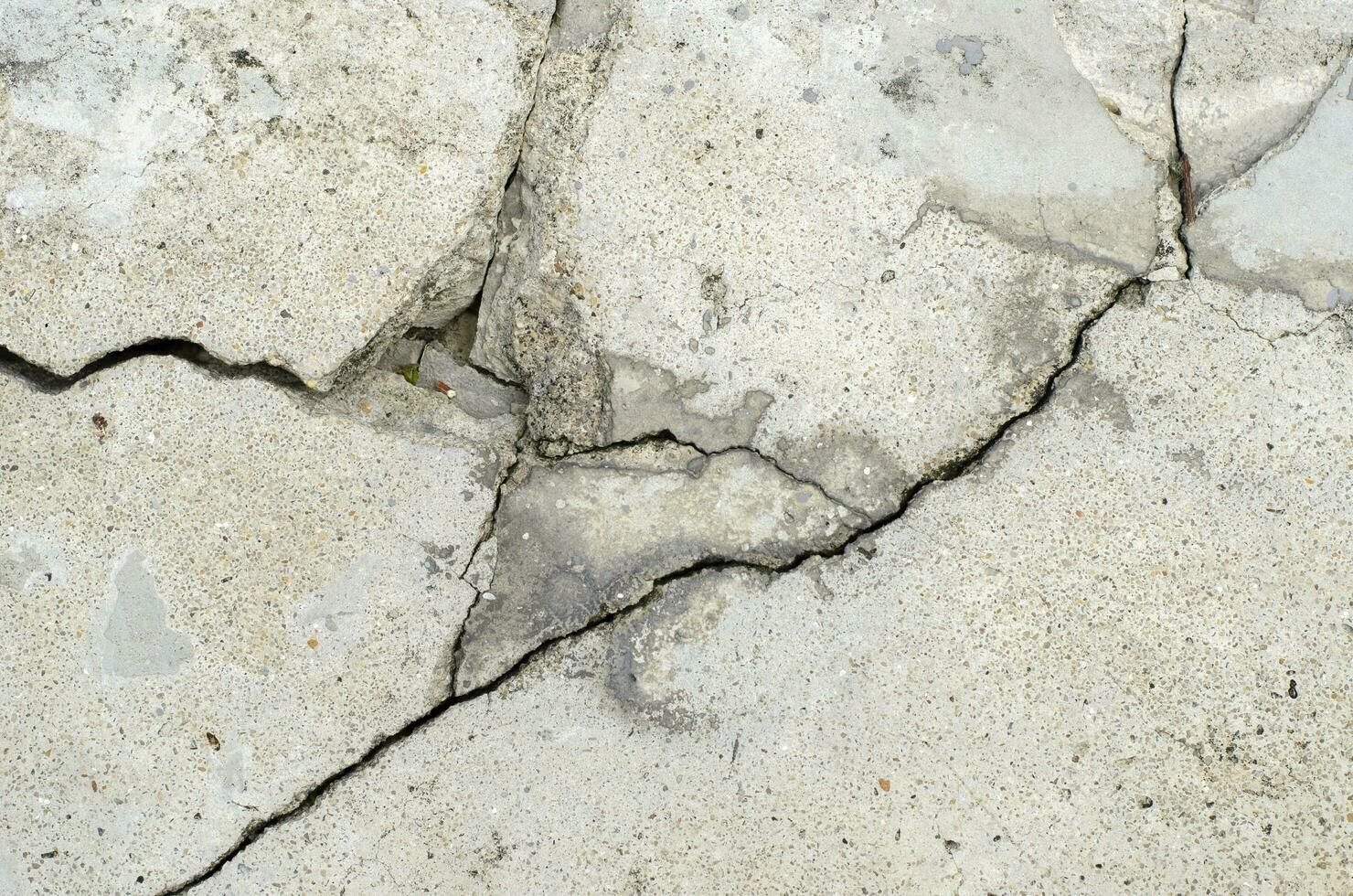
These are the big red flags. Look out for large, diagonal cracks, especially those that run across walls, through windows or doors, or along the foundation. If the cracks are wide (more than 3mm) or show signs of separation, shifting, or bulging, it could mean the structure is no longer safe.
Get out and call a structural engineer immediately. Don’t try to fix these yourself, it’s not a DIY moment.
Moderately dangerous cracks

Vertical or stair-step cracks in bricks or concrete blocks could mean some stress in the structure. These may not require evacuation, but they do need a professional inspection, especially if they’re growing or paired with strange sounds, sticking doors, or uneven floors. Keep an eye on them.
Harmless cracks

Small hairline cracks in plaster or drywall? These are usually no big deal, they happen when walls flex slightly under pressure. You can patch them up with filler and paint once everything settles down. But if they start growing or branching out, move them up a category.
Just to recap:
- Harmless: cracks: Clean, fill with crack filler, sand, and repaint.
- Moderately dangerous cracks: Consult a contractor to assess and repair.
- Dangerous: cracks: Call a structural engineer or relevant authorities immediately.
Remember, when in doubt, don’t guess it, assess it.
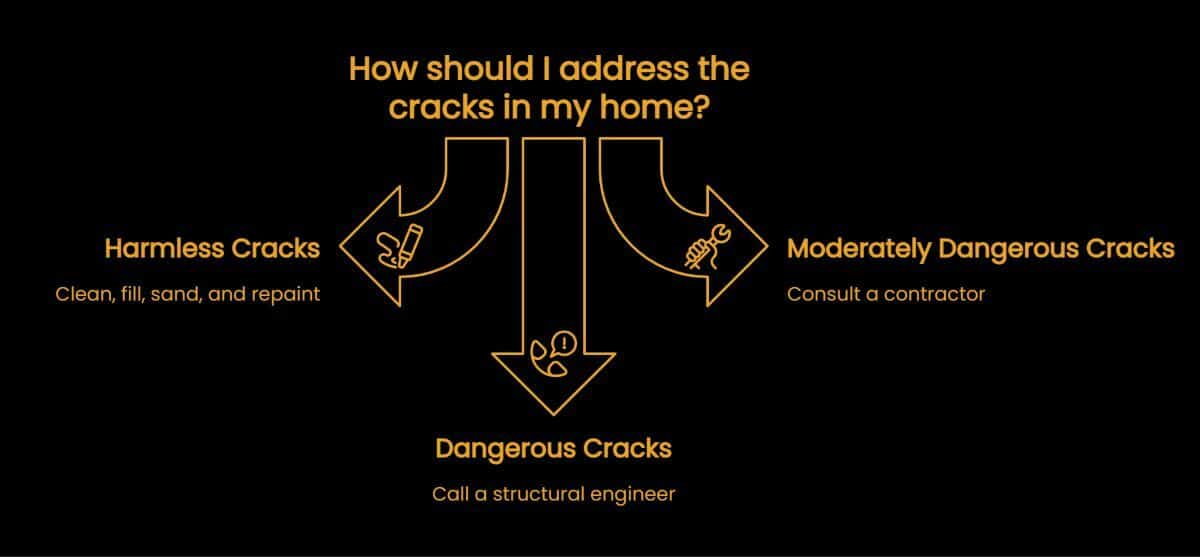
Earthquakes may have taken us by surprise this time, but they don’t have to catch us off guard again. Thailand might not be known for seismic activity, but as we’ve seen, nature doesn’t always follow the script.
Having a solid plan, knowing what to do in the moment, and understanding what comes after are the things that save lives and reduce panic.
So talk with your loved ones, pack that emergency kit, and don’t brush off those safety drills. Preparedness doesn’t mean living in fear, it means having peace of mind. Because when the earth shakes, your knowledge, calmness, and quick thinking are your greatest tools.
Stay informed. Stay connected. And above all, stay safe.
Latest Thailand News
Follow The Thaiger on Google News:




